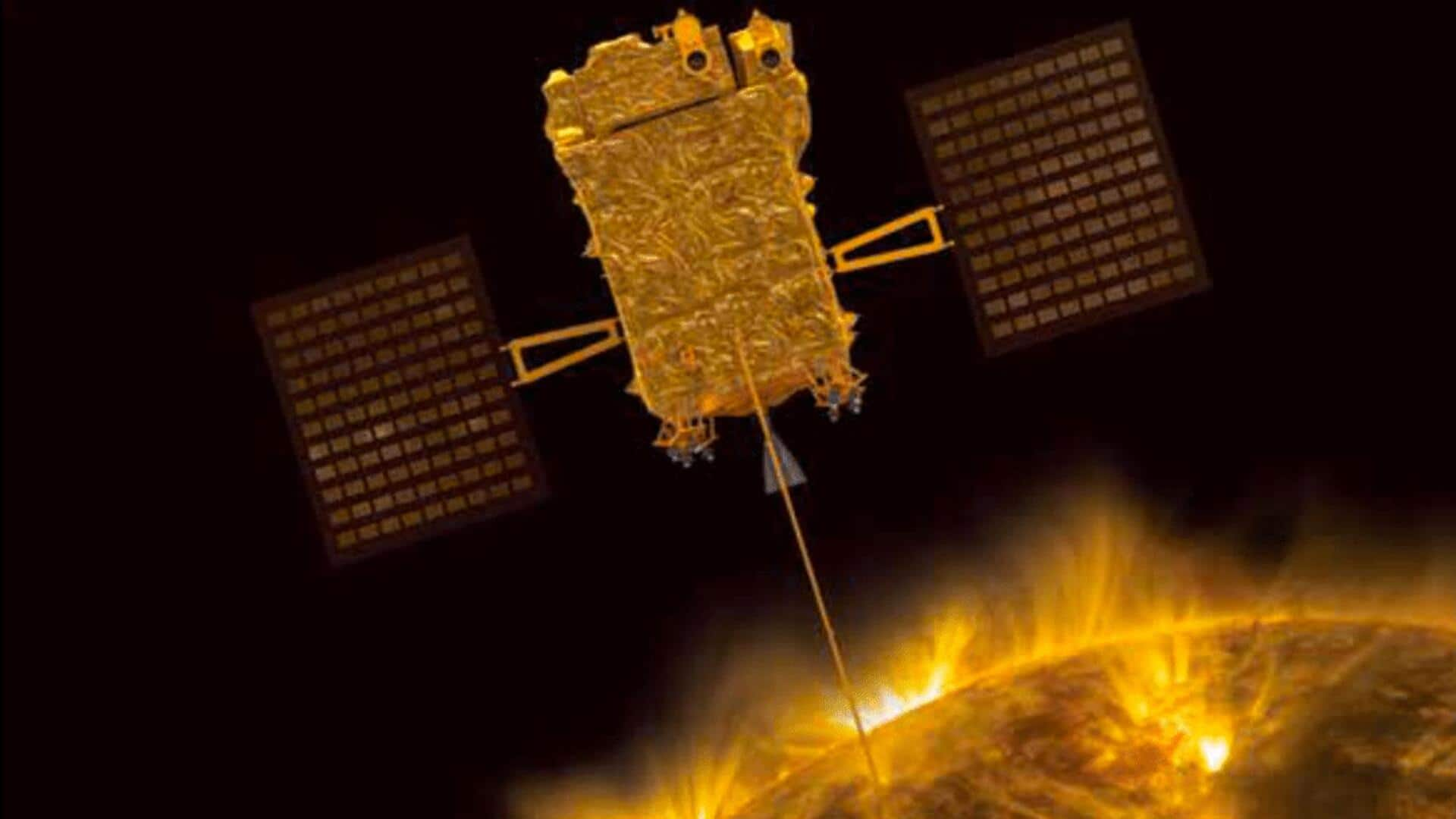
ISRO's Aditya-L1 mission will launch on September 2
What's the story
Aditya-L1, poised to be the first space-based Indian observatory to study the Sun, is all set for launch.
The Indian Space Research Organisation (ISRO) has confirmed the mission will lift off from Sriharikota at 11:50am IST on September 2.
To be positioned at about 1.5 million kilometers from Earth, the observatory will perform real-time monitoring of the Sun and its effects on space weather.
Twitter Post
Take a look at ISRO's post
🚀PSLV-C57/🛰️Aditya-L1 Mission:
— ISRO (@isro) August 28, 2023
The launch of Aditya-L1,
the first space-based Indian observatory to study the Sun ☀️, is scheduled for
🗓️September 2, 2023, at
🕛11:50 Hrs. IST from Sriharikota.
Citizens are invited to witness the launch from the Launch View Gallery at… pic.twitter.com/bjhM5mZNrx
Payloads
The mission will be equipped with seven payloads
Aditya-L1's main objectives would be to provide insights into coronal heating, solar flares, Coronal Mass Ejections (CMEs), solar winds, and near-Earth space weather, among others.
The mission will be ferrying seven scientific payloads, including SUIT (Solar Ultraviolet Imaging Telescope), which will be able to record full disk images of the Sun in the wavelength range of 2,000-4,000 angstroms.
Positioning
Aditya-L1 will share its location with NASA's Sun-monitoring satellite
Aditya-L1 will be placed in a halo orbit around the Lagrange point 1 (L1) of the Sun-Earth system. This vantage point will allow the satellite to get an uninterrupted view of the Sun at all times.
NASA's Solar and Heliospheric Observatory Satellite (SOHO), which has been observing the Sun for over two decades, is also positioned at this point.
Information
The mission will launch aboard a PSLV XL rocket
Aditya-L1 will take off atop a PSLV (Polar Satellite Launch Vehicle) XL rocket from Satish Dhawan Space Centre (SDSC) SHAR on September 2. As always, interested individuals can register to witness the live launch of the mission.
Trajectory
The mission will take about 4 months to reach L1
Post-launch, the mission will take about four months to reach its target L1 location.
Initially, the satellite will be placed in the Low Earth Orbit (LEO) after which its orbit will be made more elliptical.
Once it leaves Earth's gravitational Sphere of Influence (SOI), the spacecraft will enter a 'cruise phase' and eventually be injected into the intended destination in the halo orbit.